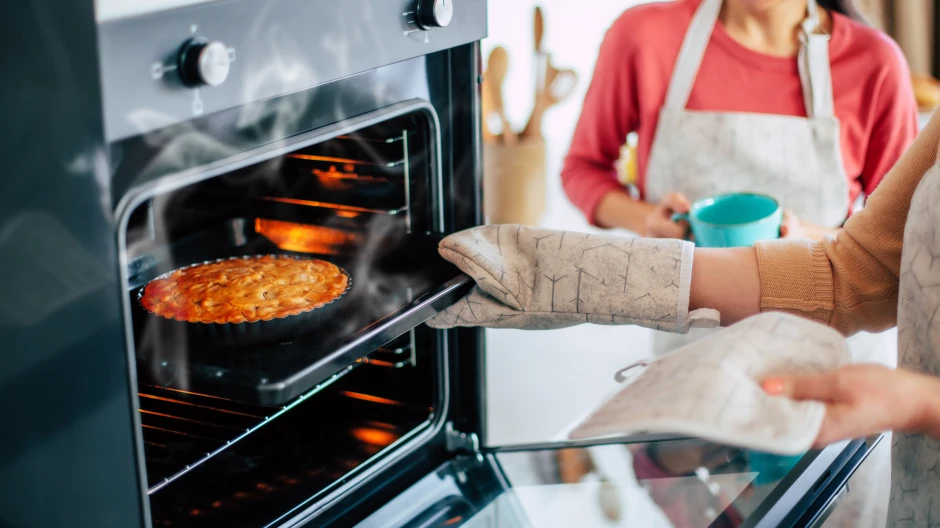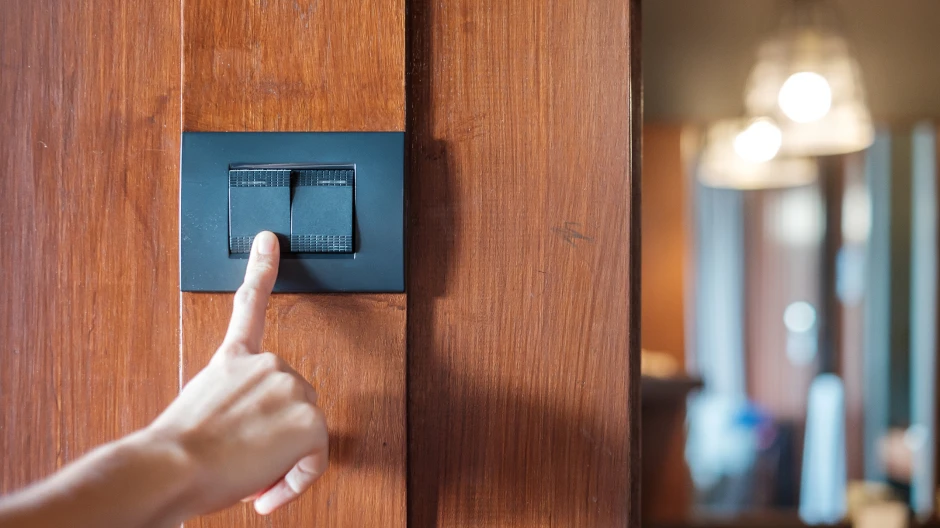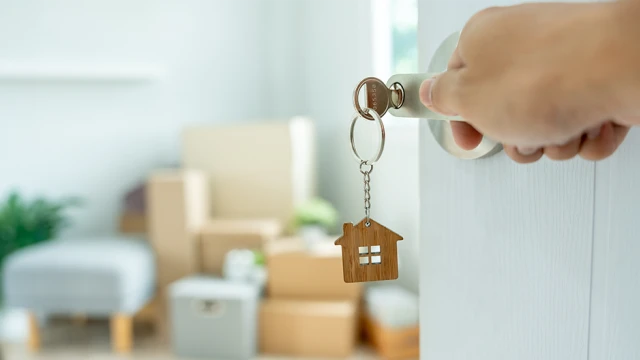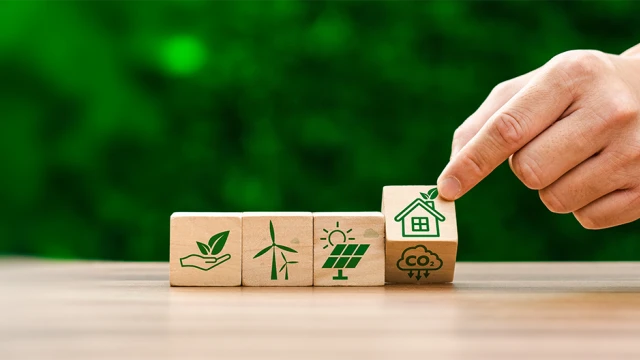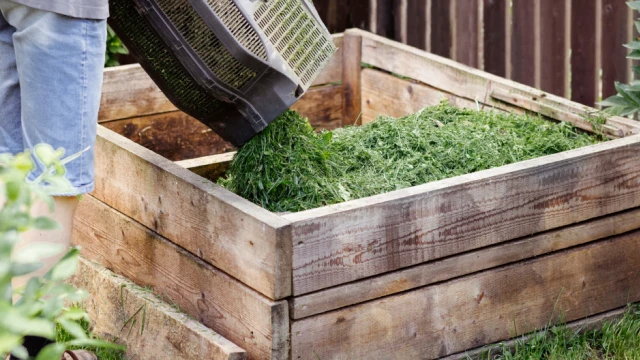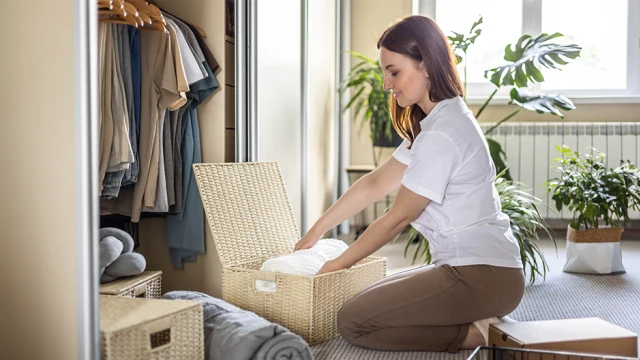Living consciously is being aware of how you’re occupying your place on the planet. Making changes to ensure your home is running as energy-efficiently as possible can make a big difference.
Moving house means adjusting to a new environment, so it's a great time to check and improve your power habits in cost-effective ways.
From fixing your rates for two years, incentive credits and sweet off-peak deals – when your moving house, sorting your power usage is one of the upsides.

